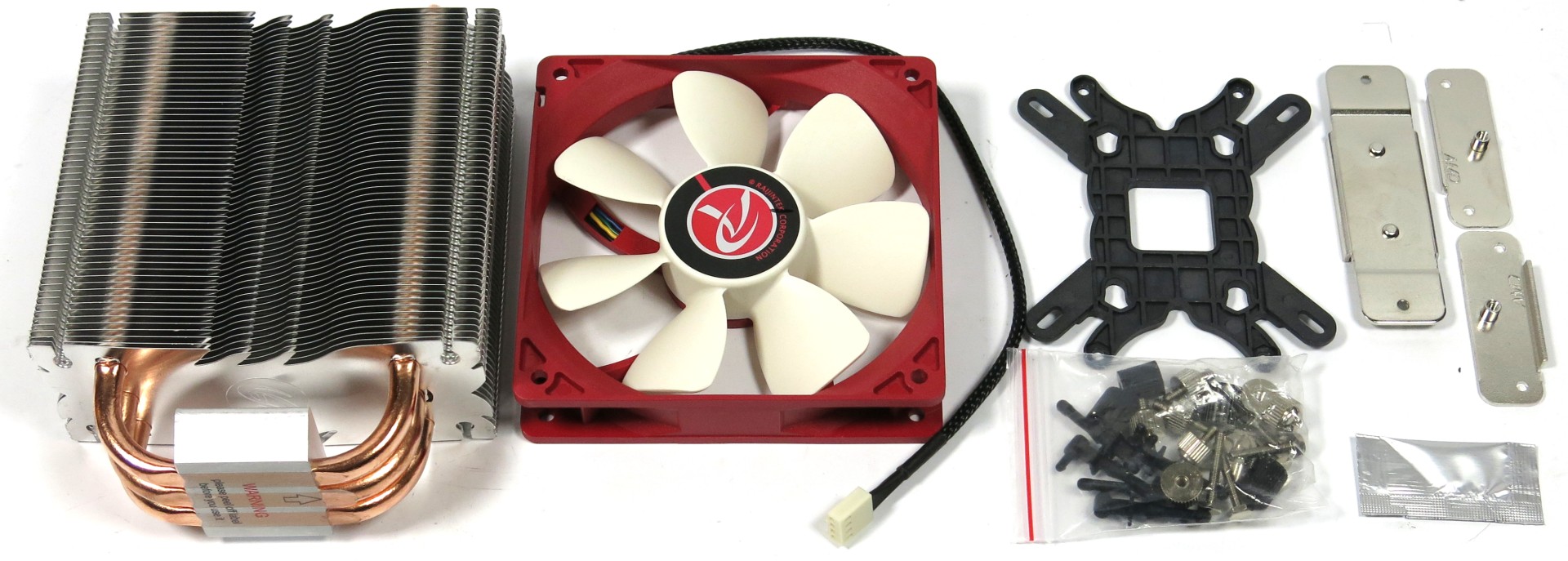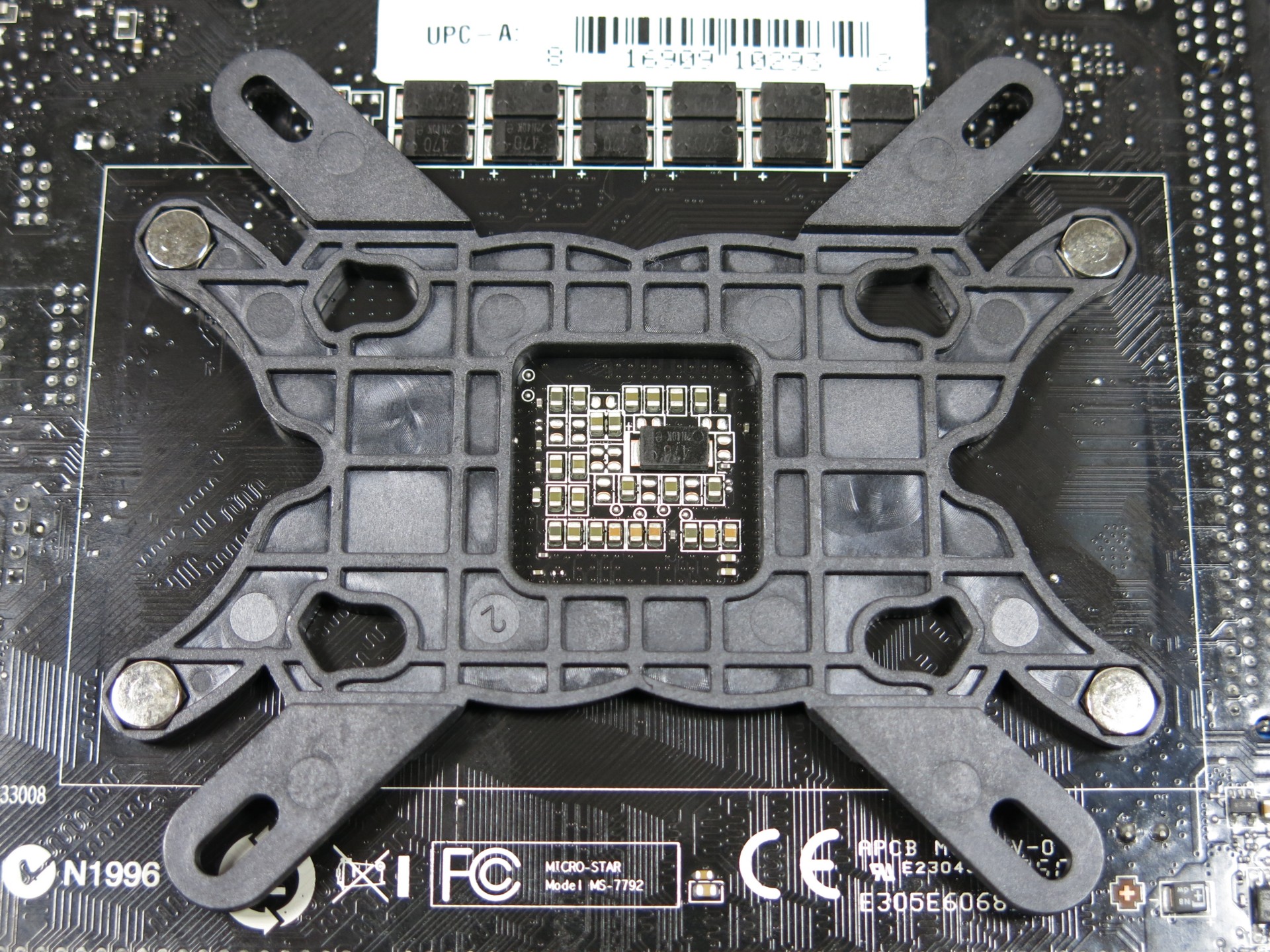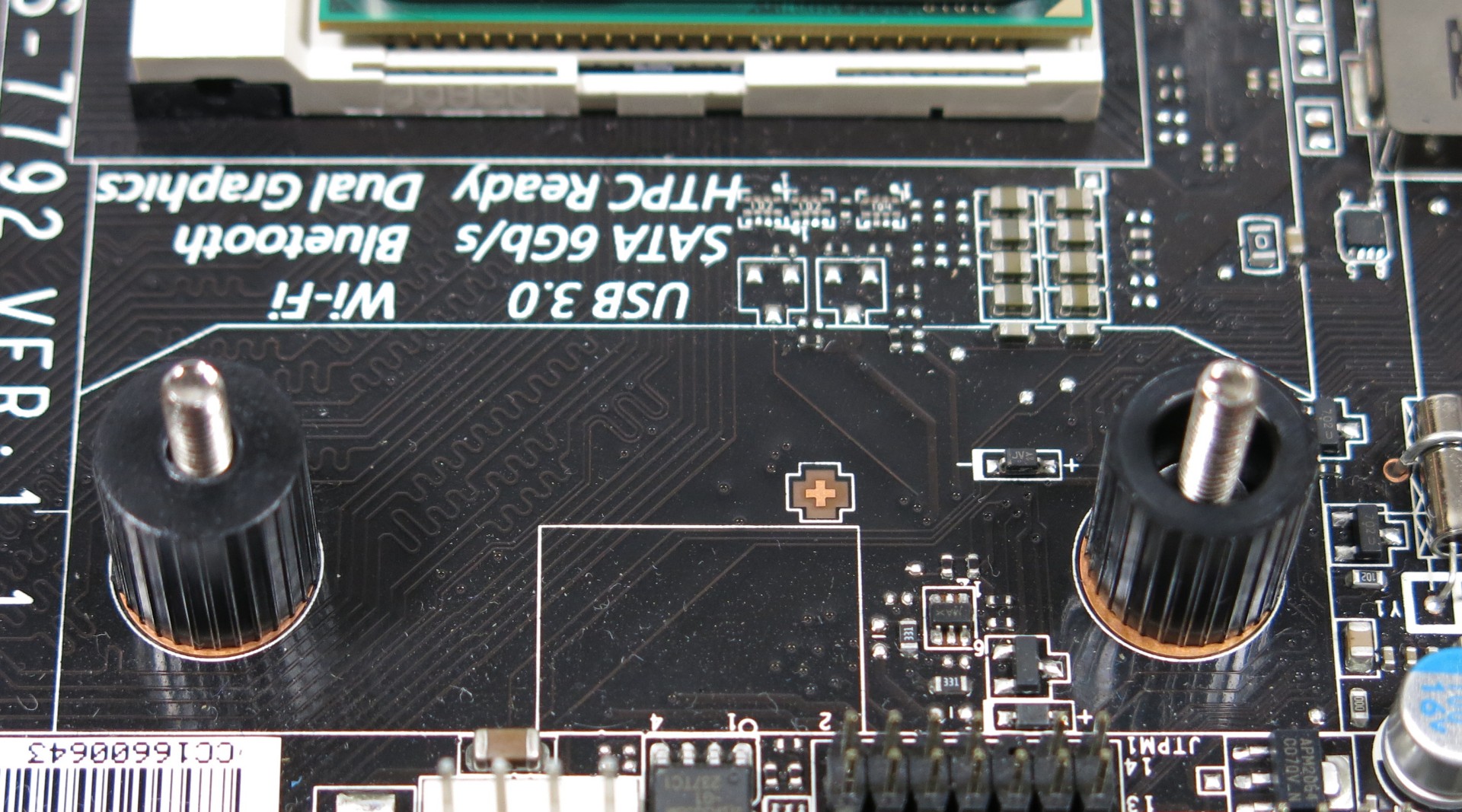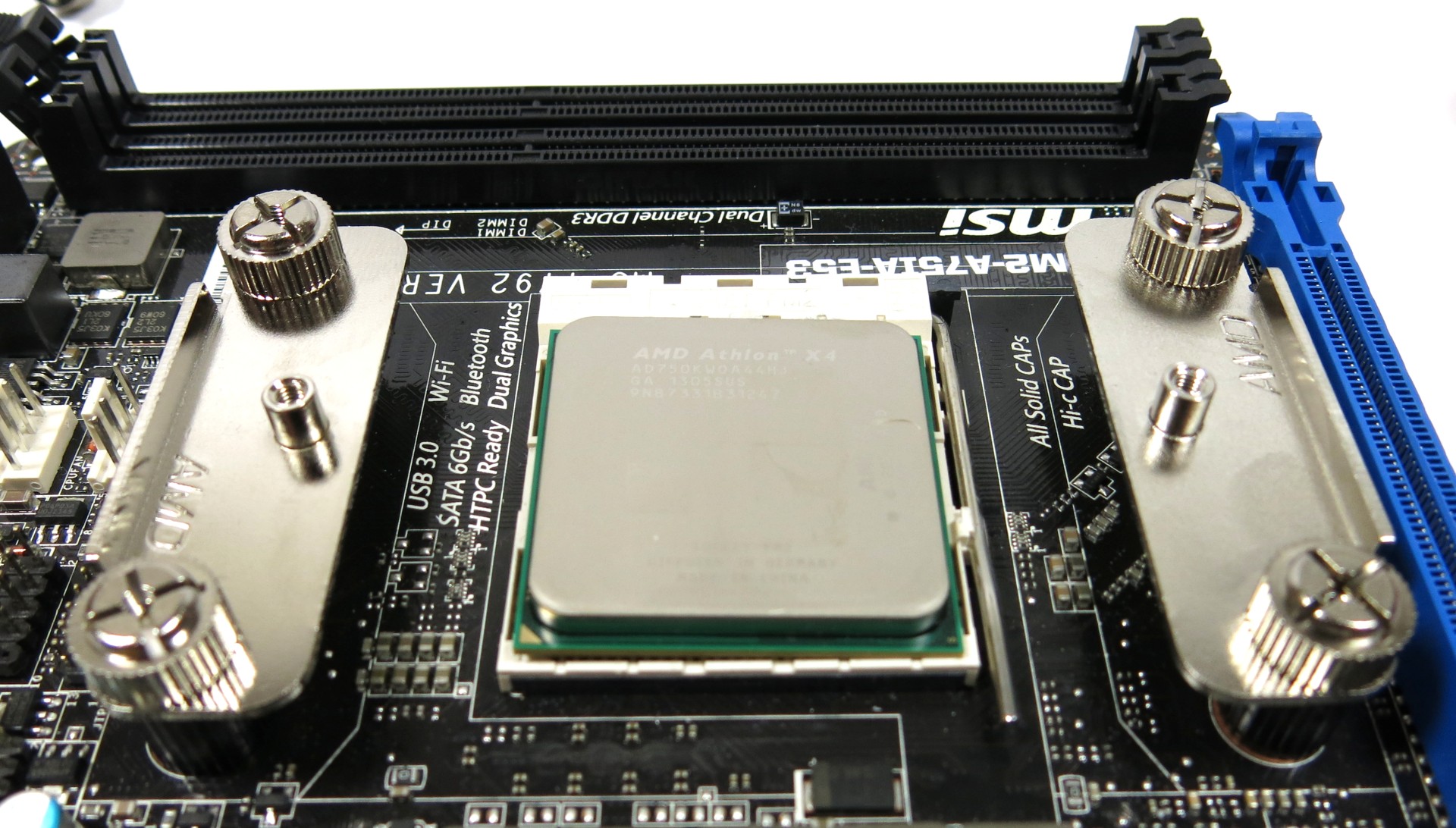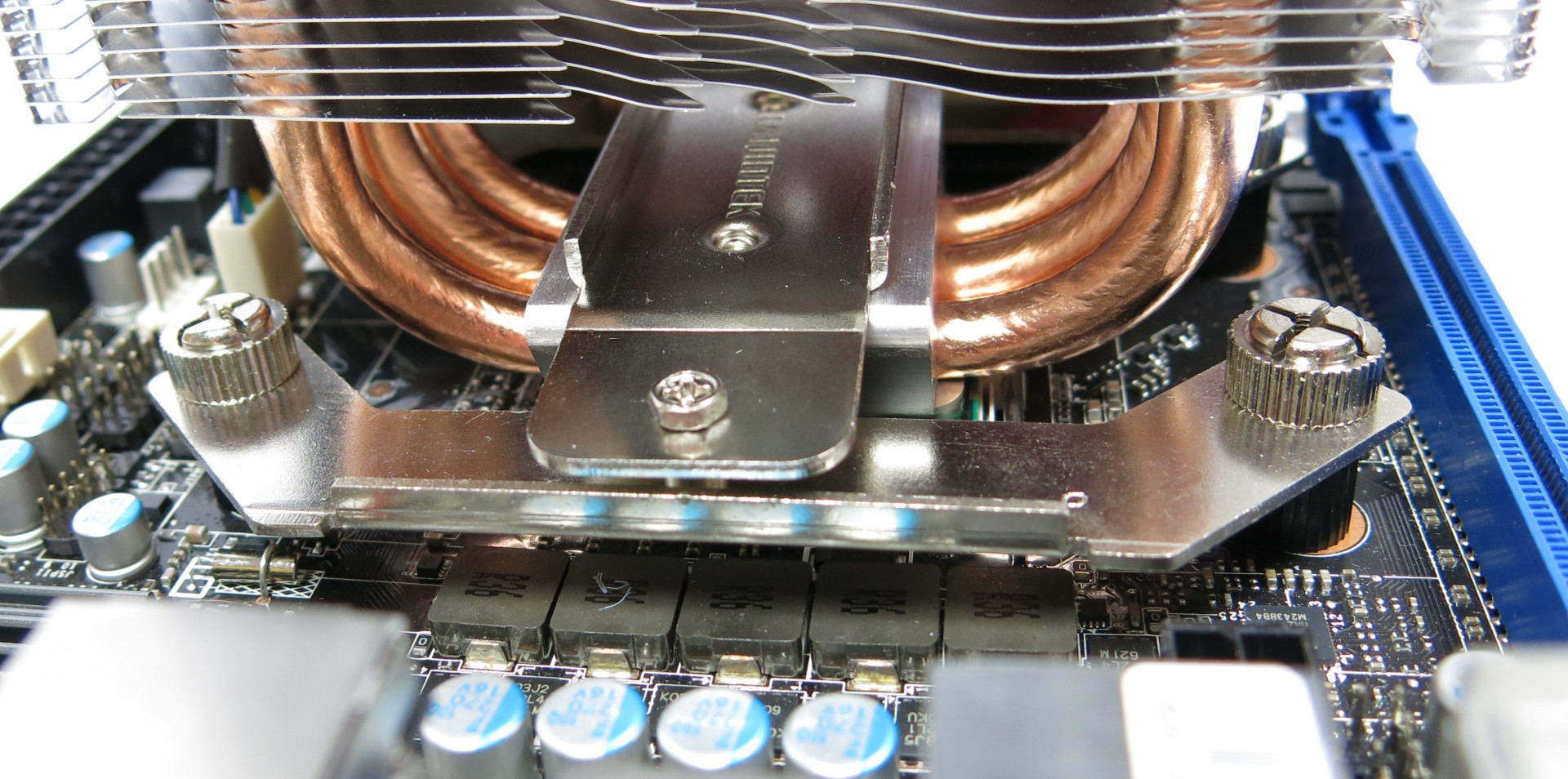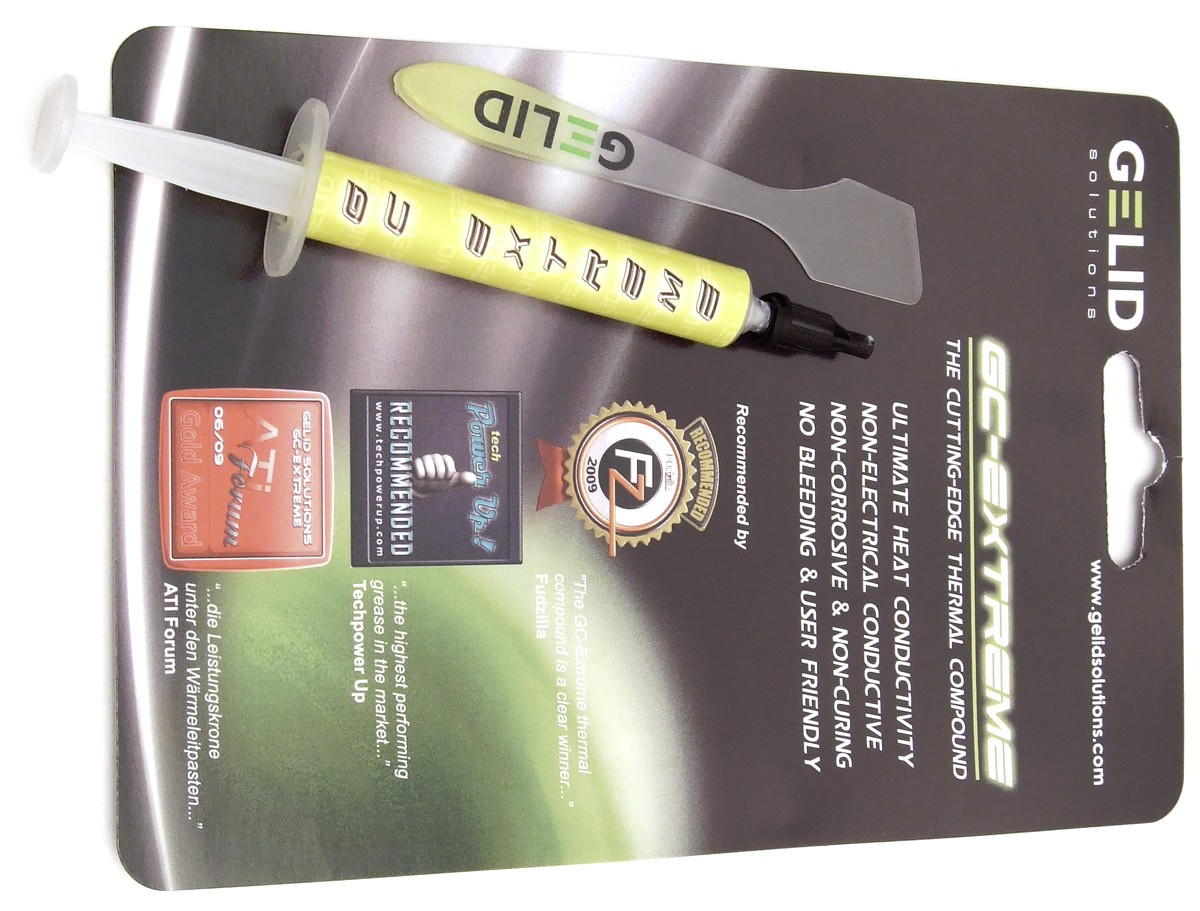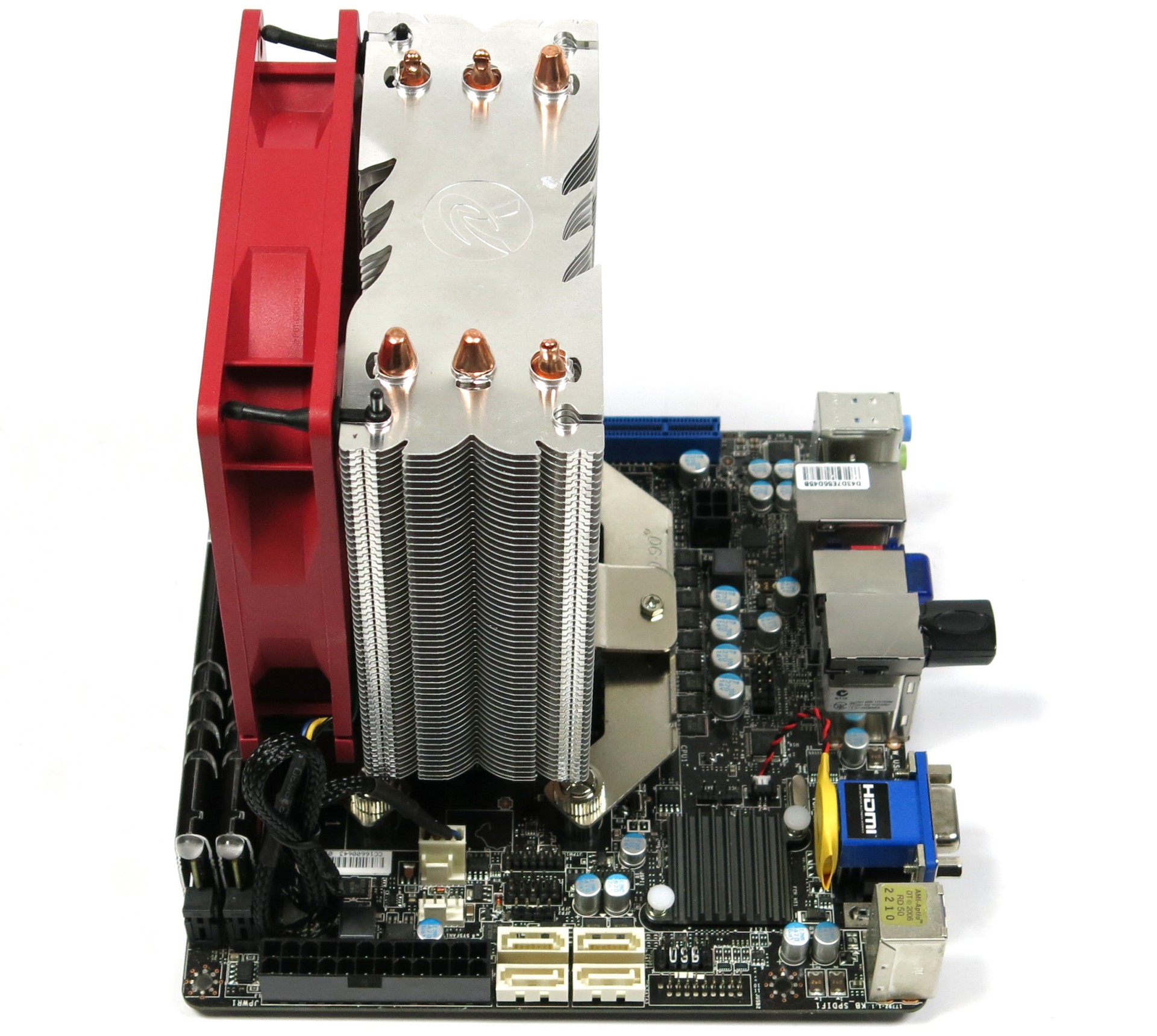Build A Balanced AMD-Based Gaming PC On A Budget
We’re revisiting an age-old question with a modern twist: can you build a balanced gaming PC with a sub-$100 CPU and not be limited by graphics performance? When you pick the right parts, a capable machine is easily within reach for very little money.
CPU Cooler
CPU Cooler: Raijintek Themis
We've never been huge fans of AMD's reference-class heat sinks or fans. Typically, they do their job loudly. And this Athlon X4 needs a capable sink with a high-quality fan to keep the Trinity processor cool, quietly. Fortunately, there are some good third-party options in the $20 to $30 range.
Again, this was a pick from our German team, where Raijintek's Themis might be priced a little more aggressively. Here in the U.S., you can find the heat sink selling for $40 on Amazon. Fortunately, it serves up excellent performance without making much noise, and includes a fan that fits our build's color scheme. Naturally that has nothing to do with performance, but we're always down for color coordination.
If you think that the Raijintek Themis looks familiar, you’re right. The designer previously worked at Xigmatek. Three copper heat pipes are integrated into a block and aluminum heat sink. They work just like they should, which is good enough to keep our overclocked Athlon X4 750K cool, even overclocked to 4.5 GHz. At that higher clock rate, noise remains moderate.
CPU Cooler Installation
The Raijintek Themis’ mounting kit should be an example to other vendors, giving us a good reason for us and value-seeking builders to use this particular model. A universal backplate is designed to sit far enough off of the motherboard to avoid conflicts with protruding solder and surface-mount components on the back of the board.
Four bolts are pushed through holes in the motherboard, and each is capped with a plastic nut. The nuts double as spacers on top of the motherboard. Fasten the screws as shown a couple of images down.
When it comes to the brackets, pay attention to the Themis' orientation, since the direction it points has some consequences. If the heat sink is supposed to face the I/O shield, you'll need the AMD mounting clips, which have to be ordered separately (for free, supposedly).
Using thumbscrews, the brackets are simply screwed onto the four bolts that were previously fastened in place.
Get Tom's Hardware's best news and in-depth reviews, straight to your inbox.
Finally, thermal paste is applied to the CPU and the Themis is set in its place on top, allowing you to screw in each side. The picture below shows those special AMD clips for the rotated installation with the Themis already secured by two screws.
If you're a sticker for thermal performance, don't use the bundled compound. Instead, we chose to use Gelid's GC-Extreme, which is effective, inexpensive, and easy to apply.
And with that, we're done picking out our motherboard, processor, cooler, and memory. Let's have a look at the updated price table.
Price Update
| Components | Baseline Build | Price | Red Devil | Price |
|---|---|---|---|---|
| Graphics Card | AMD Radeon R7 260X | $120 | AMD Radeon R9 270Nvidia GeForce GTX 750 Ti | $150 |
| CPU | AMD Athlon X4 750K | $80 | AMD Athlon X4 750K | $80 |
| Motherboard | Socket FM2 or FM2+ | $45 | Mini-ITX Socket FM2+ | $85 |
| RAM | 8 GB DDR3-1600 Kit | $60 | Avexir 8 GB DDR3-1600 LED Kit | $75 |
| CPU Cooler | Bundled cooler (overclockable to 3.8 GHz) | --- | Raijintek Themis with AM2 Adapter | $40 |
| Thermal Paste | Not Necessary | --- | Gelid GC-Extreme | $10 |
| Total | Row 6 - Cell 1 | $305 | Row 6 - Cell 3 | $440 |
Current page: CPU Cooler
Prev Page Picking A CPU, Motherboard, And RAM Next Page Choosing An Appropriate Power Supply
Igor Wallossek wrote a wide variety of hardware articles for Tom's Hardware, with a strong focus on technical analysis and in-depth reviews. His contributions have spanned a broad spectrum of PC components, including GPUs, CPUs, workstations, and PC builds. His insightful articles provide readers with detailed knowledge to make informed decisions in the ever-evolving tech landscape
-
esco_sid It does not make sense to spend $80 on a case for a budget entry system why all the focus on eye candy at additional cost ? for the money you can get better hardware such as fx-6300 setup with better graphics card that's what i would be worried about while on a budget.Reply -
Memnarchon The minimum version is a trully great budget build, while the Red Devil is more ITX luxury build. An SSD and $80 case on a gaming budget? ;pReply -
Zeh Nice article, but I guess it's really important for readers to understand that the extra stuff is completely optional and the main point is #415 gets you a very decent (if not Good) gaming PC.Reply
We have $315 spent on eye candy, SSD and a little bit more thermal headroom, which is 76% of the 'cheap' budget.
Personally, I would only get the SSD. Maybe the MB with Wifi if I'm building something really small and would like to avoid cable clutter. Definately not gonna spend $50 on a bit more mhz, neither $55 on a case for cheap hardware, -
ddpruitt Now the trick is to benchmark both systems. Let's see if the "Bare Bones" build can keep up with the eye candy Red Devil build. I doubt there's a huge difference in performance, or perceptible noise levels. For a system that costs almost twice as much you might be able to be handle cost by going for functionality instead of looks. 240Gb SSD (or potentially more), better CPU or better GPU, though to each his own.Reply
For bonus points it would be nice to compare the budget build to a console in the same price range, but alas an Apples to Apples comparison isn't possible. -
Onus I really want to like articles like this. I lurk at the "budget" end of the spectrum myself, and some of the analysis on this one is really good, but I absolutely agree with Zeh; so much optional stuff was covered that it really distracted from what I expected to be the main point.Reply
I would have liked to have seen the bottom dollar build done first, followed by a discussion of what upgrades or enhancements might be substituted.
Also, at least a few benchmarks are needed, if only to show that yes, this is a competent gamer, especially if "good" but less-than "UltraMaxOhWOW" settings are used. -
vertexx Nice article. This is definitely the way to present gaming system design, especially with graphics card selection based on CPU scaling. I really think the "Best Gaming CPU/GPUs for the $$" series could benefit from this approach. Instead of separating the CPU/GPU, you really want to look at the best combo's for the $$.Reply
I think you handled the "baseline" vs. "Red Devil" options well. The great thing about a budget build is not necessarily being a race to the bottom, but it's all about saving money so you can spend some on smart components that will add to the enjoyment of building and running the PC. With the case selection, that's a smart selection. Who wants to build a PC in a case that you're going to want to replace in 6 months? Perhaps you could have offered a cheaper alternative, but I like the choice to spend the extra $$ on the case.
The only letdown I have is on memory scaling. There is a very long thread of debate in the Best CPUs for the $$ article about how strongly memory scaling impacts the 760K CPU because of its lack of L3 cache. The key seems to be that you also need to overclock NB freq. Because there are simply no reviews out there with a fully overclocked 760K platform, I was really hoping when I saw this article that the memory scaling would have been included.
@Damric - if you're reading this article, perhaps you can chime in.
Overall though, this is a great read! I can't wait to see a OC'd 760k vs. the upcoming OC'd Pentium in a budget shootout. If this is done, you really need to look at game selection and analyze games that optimize for more cores vs. the single-threaded performance in which the Pentium will excel.
-
Falcorion On the GPU selection page at the top it should read "Finding the Right GPU" not "Finding the Right CPU".Reply
Also, is there a reason we completely dismissed the r7 265?
In fact it seems like you looked over a LOT of good value choices for a budget system.
Tom's Hardware selections for a lot of their tests lately have had weird hardware choices.... -
Falcorion Also, I wanted to add that your builder installed the PSU the wrong way, the fan should be facing the vent on the bottom, not the metal plate below the motherboard.Reply
